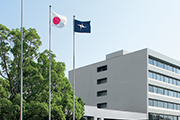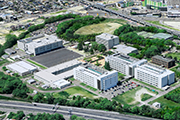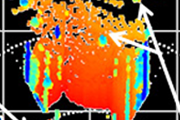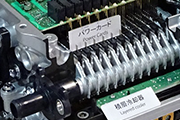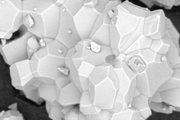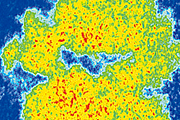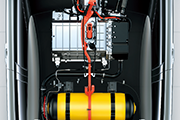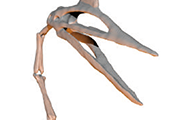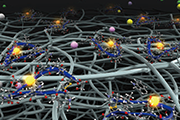Effect of Support Morphology of Ammonia Synthesis Catalysts
A study conducted by Kiyoshi Yamazaki et al., in collaboration with National Institute of Advanced Industrial Science and Technology (AIST), Institute of Science Tokyo, and Toyota Motor Corporation was published in the International Journal of Hydrogen Energy.
Ammonia (NH3) has attracted attention as a fuel or energy carrier to achieve a carbon neutral society, and there is a demand for the development of technology to synthesize NH3 efficiently from hydrogen (H2) derived from renewable energy and nitrogen (N2) in the air. In cooperation with AIST, Toyota Motor Corporation and Institute of Science Tokyo, we have developed a prototype NH3 synthesis system designed for local decentralized use and investigated the application of NH3 synthesis catalysts consisting mainly of ruthenium (Ru) particles and cerium oxide (CeO2) particles as a support.
In this paper, by controlling the morphology of the CeO2 support with different treatment temperatures and additives, the size of the Ru particles was adjusted to 1.6-1.8 nm, which is the most effective size for NH3 synthesis, and the migration of N2 and H2 molecules to the Ru particles was promoted, creating a catalyst with top-level activity in the world. This technology is expected to be widely applied to the design of supported metal catalysts and expand the role of NH3 in carbon neutral efforts.
Title: Effect of Support Morphology on the Ammonia Synthesis Activity of Ru/CeO2-based Catalysts
Authors: Yamazaki, K., Goto, Y., Kikugawa, M., Sato, A., Manaka, Y., Nanba, T., Matsumoto, H., Ookawara, S.
Journal Name: International Journal of Hydrogen Energy
Published: December 11, 2024
https://doi.org/10.1016/j.ijhydene.2024.11.053















